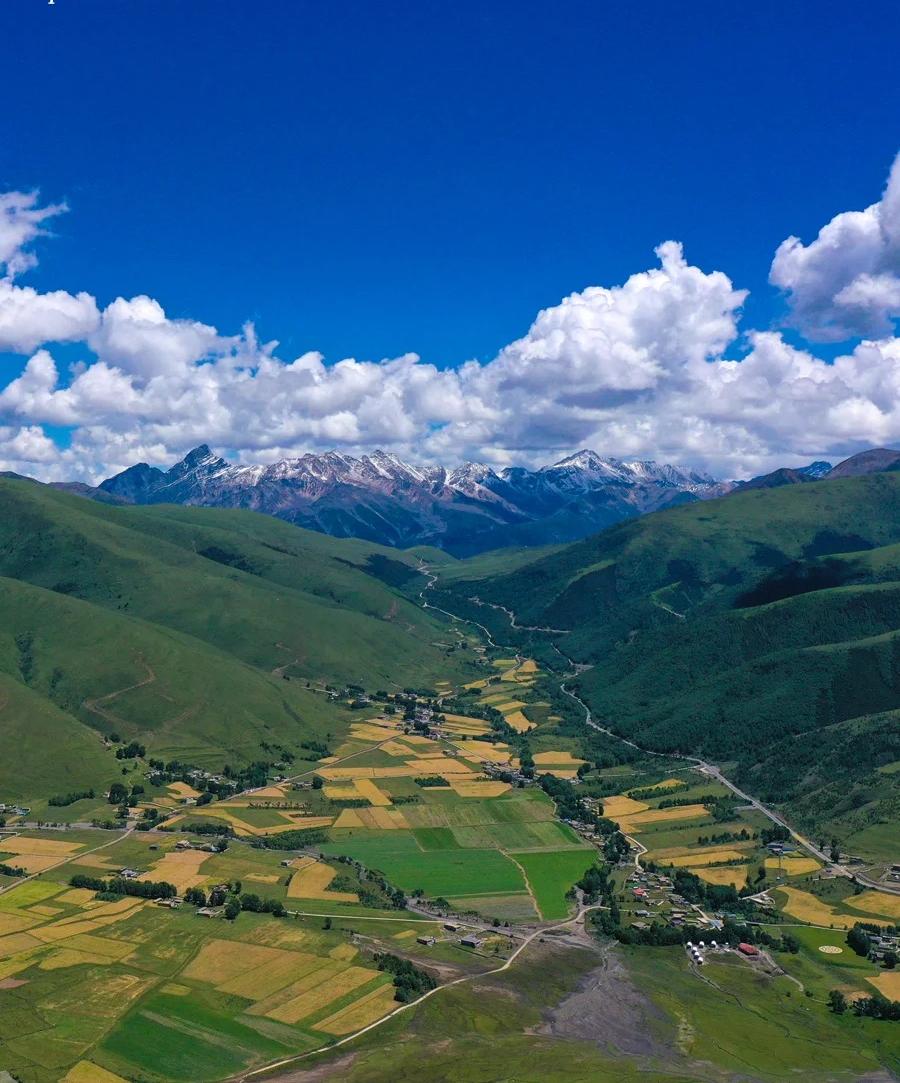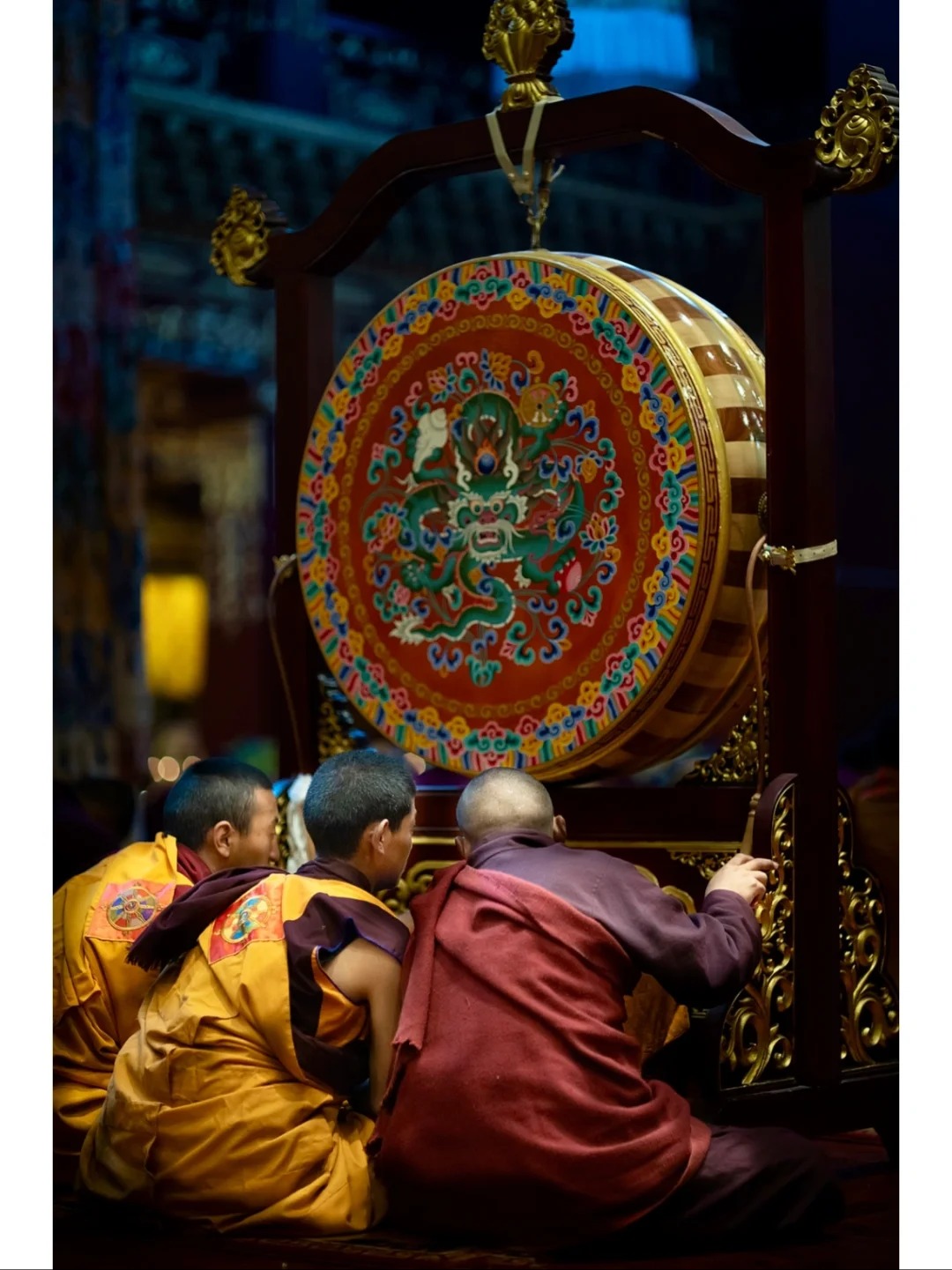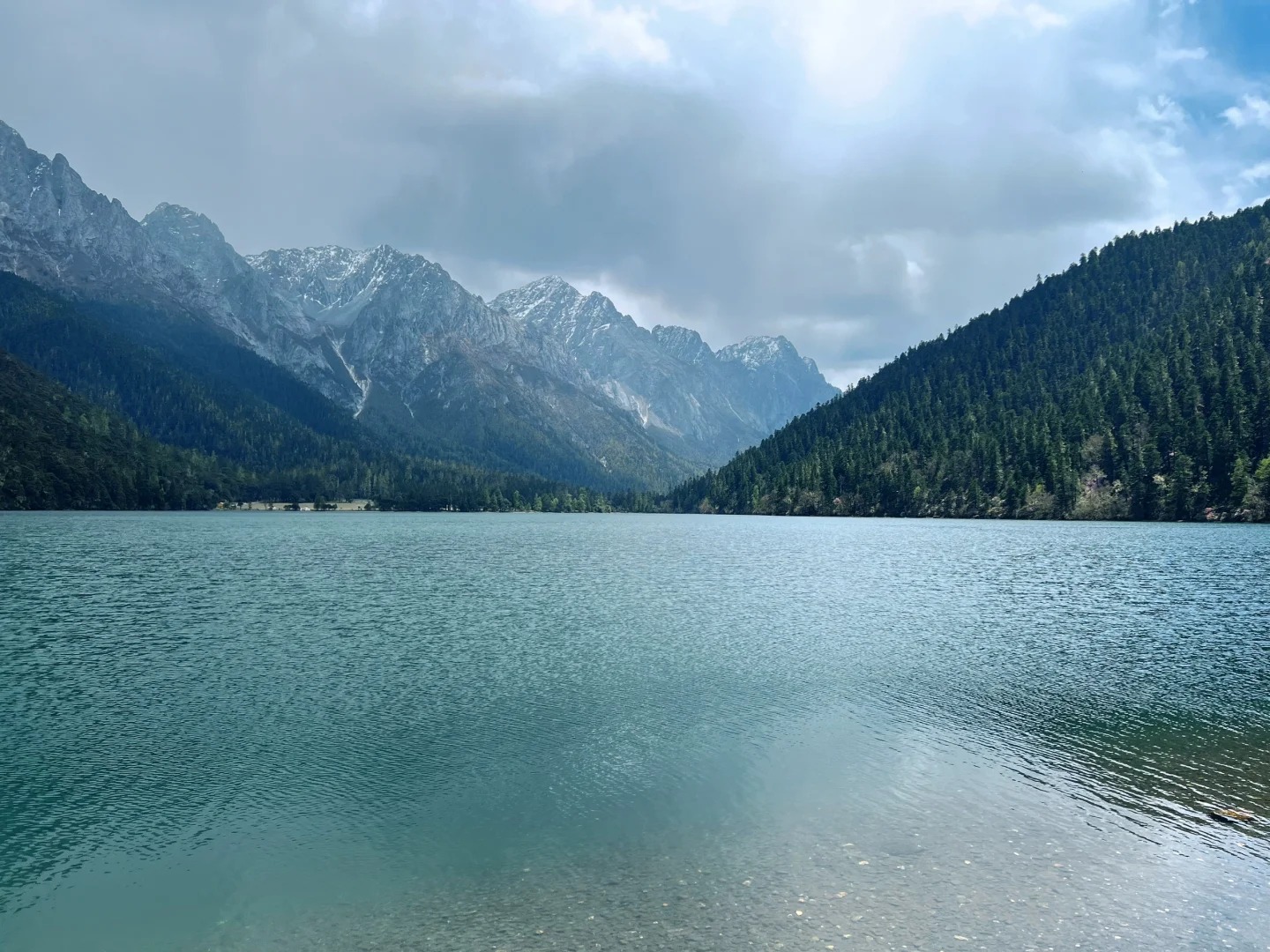Introduction to Kham
Kham, often referred to as “Eastern Tibet,” is a vast and culturally rich region straddling the eastern part of the Tibetan Plateau. Geographically, it encompasses parts of western Sichuan, northern Yunnan, southern Qinghai, and eastern Tibet Autonomous Region.
Historically, Kham was one of the three traditional provinces of Tibet, alongside Ü-Tsang and Amdo. Despite political changes, Kham has maintained its distinct cultural identity, characterized by fierce independence and a strong connection to Tibetan heritage.
The Khampa people, known for their tall stature and colorful attire, have played a significant role in preserving Tibetan culture and resisting external influences.

Landscape and Natural Beauty
Kham’s landscape is a testament to nature’s grandeur:
- Grasslands: Vast steppes dotted with yaks and nomadic encampments
- Mountains: Snow-capped peaks, including parts of the Hengduan Range
- Rivers: Birthplace of major Asian rivers like the Yangtze, Mekong, and Salween
The region’s biodiversity is remarkable, hosting endangered species such as:
- Tibetan antelope
- Snow leopards
- Black-necked cranes
This ecological richness makes Kham a haven for nature enthusiasts and wildlife photographers.

Kham’s Distinctive Culture
The Khampa people are renowned for their unique cultural traits:
| Aspect | Description |
|---|---|
| Appearance | Tall, robust physique; often adorned with red tassels in their hair |
| Dress | Colorful, fur-lined chubas (traditional robes) and ornate jewelry |
| Customs | Strong horse culture, skilled horsemen and traders |
Linguistically, the Kham dialect differs significantly from Central Tibetan, with variations across the region. The nomadic traditions of Kham have shaped a resilient and adaptable culture, deeply connected to the land and its animals.
Religious Sites and Monasteries
Kham is home to some of Tibet’s most significant religious sites:
- Derge Parkhang: A living testament to Tibetan printing traditions, housing thousands of wood blocks for scripture printing.
- Dzogchen Monastery: One of the six “mother” monasteries of the Nyingma school of Tibetan Buddhism.
- Litang Monastery: Birthplace of the 7th and 10th Dalai Lamas, known for its imposing golden roof.
- Yachen Gar: Once one of the largest monastic settlements in the world, though partially demolished in recent years.
These sites offer profound insights into Tibetan Buddhist practices and architectural marvels.

Major Towns and Attractions
Key destinations in Kham include:
- Kangding: The traditional gateway to Kham, blending Tibetan and Chinese cultures.
- Litang: Often called the world’s highest town, known for its horse racing festival.
- Yarchen Gar: A vast monastic complex, home to thousands of monks and nuns.
- Sertar: Location of Larung Gar Buddhist Academy, one of the largest Buddhist institutes in the world.
Each town offers unique experiences, from bustling markets to serene monasteries.
Adventure and Ecotourism
Kham is an adventurer’s paradise:
- Trekking through pristine valleys and over high mountain passes
- Horse riding tours led by local Khampa guides
- Wildlife spotting, including rare birds and mammals
- Homestays with nomadic families, experiencing their daily life
These activities provide intimate encounters with Kham’s natural beauty and cultural heritage.

Practical Travel Information
When planning your trip to Kham, consider:
- Best time to visit: Late spring to early autumn (May to October) for milder weather
- Transportation: Mainly by road; some areas accessible by small aircraft
- Accommodation: Range from basic guesthouses to camping, with limited luxury options
- Permits: Travel permits required for some areas; regulations can change frequently
- Cultural etiquette: Respect local customs, dress modestly, and ask permission before photographing people or religious sites
Responsible tourism is crucial in Kham. Minimize your environmental impact and support local communities through your travel choices.
Kham offers a glimpse into a lesser-known side of Tibet, where ancient traditions meet stunning landscapes. Its unique blend of natural wonders, spiritual depth, and cultural richness makes it an unforgettable destination for those seeking authentic experiences off the beaten path.





